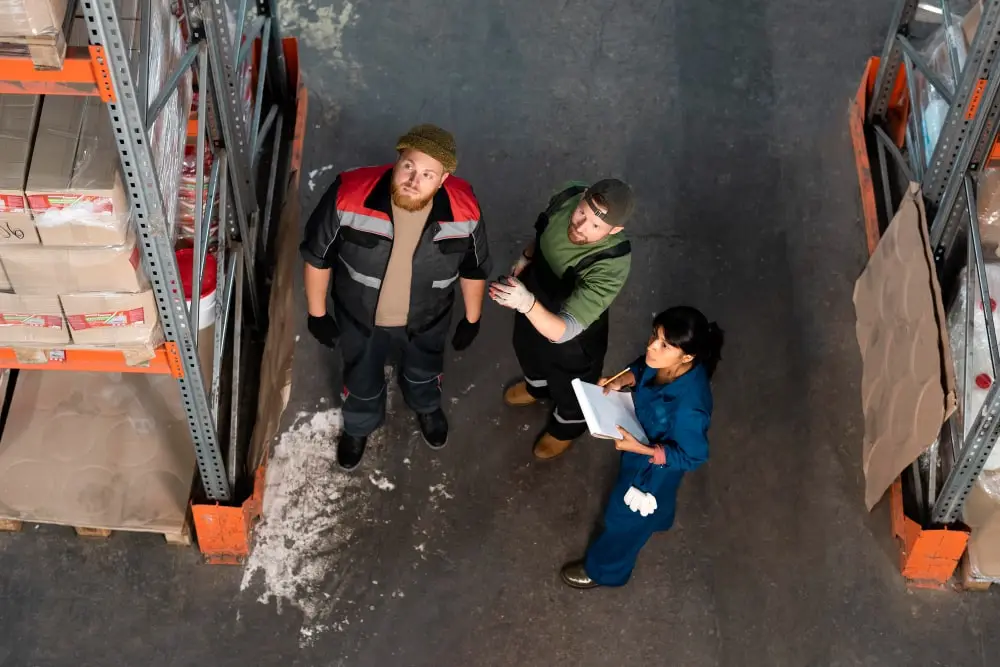
How to Manage Reverse Logistics in a Global Supply Chain
In the complex world of global supply chains, a product’s journey doesn’t always stop when it’s bought by a customer. Often, goods make a return trip through the supply chain. This happens for many reasons, like if there’s something wrong with the product, it got damaged, or the customer wants to return it. This backward movement of goods is called reverse logistics. It brings its own set of challenges that need to be carefully managed to make sure things run smoothly and costs stay low. So, let’s dive into the world of reverse logistics and look at some effective ways to manage it in a global supply chain.
Understanding Reverse Logistics
Reverse logistics is just bringing stuff back after it’s been sold. This could be because it’s broken, the customer didn’t like it, or for some other reason. It’s the opposite of regular shipping, where things go from the seller to the buyer.
Challenges of Managing Reverse Logistics Globally
Managing reverse logistics across the world has its challenges:
- It’s Complicated: It’s hard because there are many people and places involved.
- Costs: Bringing stuff back can be expensive.
- Rules and Laws: Different countries have different rules about returning stuff.
- Seeing What’s Happening: It’s hard to know where everything is going and what’s happening to it.
- Keeping Customers Happy: People want their money back quickly and easily, no matter where they are.
Strategies for Managing Reverse Logistics
Here are some simple ways to handle reverse logistics globally:
- Have Clear Rules: Make clear rules for how to deal with returns so everyone knows what to do.
- Use Technology: Use new tech stuff like chips and special software to see where things are going.
- Work Together: Team up with others to make returns easier and cheaper.
- Save Money on Shipping: Bring stuff back together to save money on shipping.
- Be Eco-Friendly: Try to recycle or fix broken stuff instead of throwing it away.
- Keep Track of How You’re Doing: Check how many things are coming back, how long it takes to deal with them, and how much it costs.
- Make Customers Happy: Make it easy for customers to send stuff back and fix any problems quickly.
Handling returns in a global supply chain management might seem hard, but it’s doable. By keeping things simple, using new tech, working with others, and being eco-friendly, you can make it easier and cheaper for everyone. And remember, happy customers mean more business in the long run!







